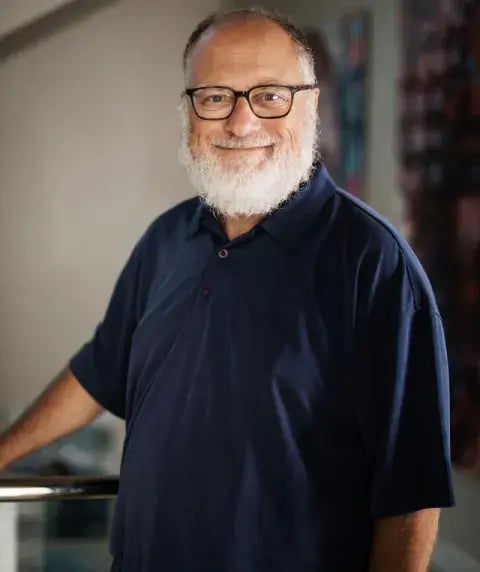

Collaborating with the Enemy, 2nd Edition
By Adam Kahane
We Can Work Together Even across Deep Differences
In our increasingly polarized world, collaboration has become both more important and more difficult. To tackle the issues that matter most—from climate change to workplace conflict—we often must work with people we disagree with, dislike, or distrust. With new frameworks, practical exercises, and a discussion guide, this bestselling book returns with updated strategies for working across deepening divides. But strategy alone isn’t enough—we need a fundamental shift in how we think about and approach collaboration. Drawing on over thirty years of global experience, Adam Kahane challenges the myth of harmonious teamwork and offers a revolutionary approach that embraces discord, experimentation, and genuine cocreation.
When conventional collaboration fails, transformational collaboration begins.
“Peace, progress, and justice are only possible when we find ways to work with those we do not agree with, do not like, and do not trust. . . . That is why this book matters. Adam Kahane has spent decades helping people navigate the most intractable challenges by doing what seems counterintuitive: collaborating with the ‘enemy.’ His approach does not rely on harmony or consensus. Instead, it embraces complexity, uncertainty, and disagreement as essential ingredients of meaningful change. This is not the traditional model of collaboration: it is a deeper, more courageous, and ultimately more effective one.”
—from the foreword by Juan Manuel Santos, Nobel Peace Prize Laureate
Order your copy from your local bookseller,
Penguin Random House (paperback),
Amazon (paperback, Kindle, audiobook, and CD audio),
or directly from Berrett-Koehler (paper, pdf, e-book, and discounted bulk orders)
About the Author
Adam is a leading organizer, designer and facilitator of processes through which business, government, and civil society leaders can work together to address such challenges. He has worked in more than fifty countries, in every part of the world, with executives and politicians, generals and guerrillas, civil servants and trade unionists, community activists and United Nations officials, clergy and artists.
He is a Member of the Order of Canada. In 2022 he was named a Schwab Foundation Social Innovation Thought Leader of the Year at the World Economic Forum in Davos.
